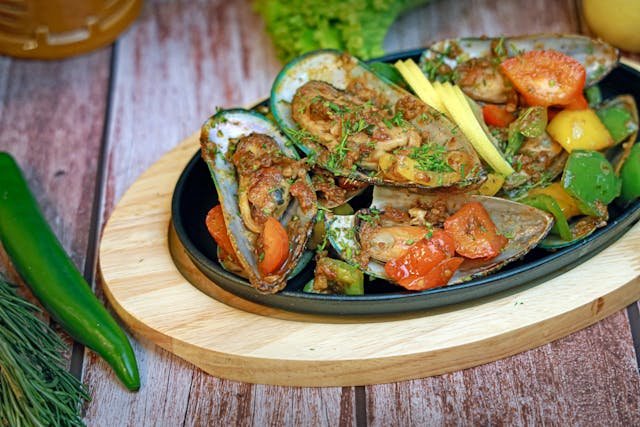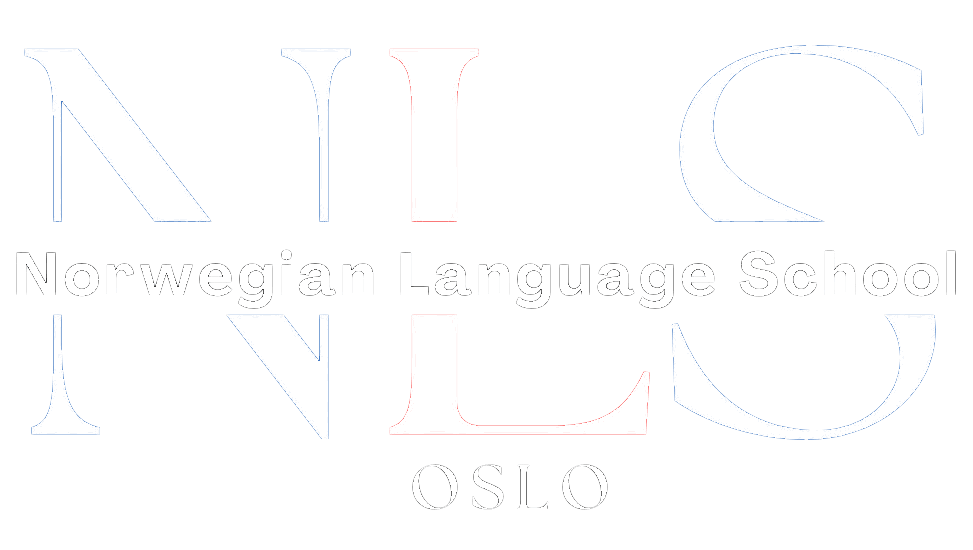

Essential Norwegian Kitchen Expressions You Need to Know
Cooking in Norway is a celebrated activity, one that brings people together in appreciation of fresh ingredients and rich culinary traditions. Whether you’re new to a Norwegian kitchen or just looking to improve your culinary vocabulary, knowing the essential expressions can make your experience more enjoyable and help you connect with locals. In this article, we’ll cover basic vocabulary for kitchen tools, cooking steps, common ingredients, and practical phrases you can use in Norwegian kitchens. For those interested in deepening their understanding of the language, NLS Norwegian Language School offers courses tailored for cultural and practical language skills.
Table of Contents
Toggle1. Basic Kitchen Utensils Vocabulary
Understanding the names of basic kitchen utensils is the first step to navigating a Norwegian kitchen. Here are some common items you’ll find:
- Kjele (Pot): Pots are essential in a Norwegian kitchen, especially for preparing stews and various soups. You might hear, “Kan du gi meg kjelen?” (Can you pass me the pot?).
- Stekepanne (Frying pan): This is often used for cooking fish, eggs, and meat, making it a staple in Norwegian kitchens.
- Kniv (Knife): Knives are used to cut meat, fish, and vegetables and come in various sizes.
- Skjærefjøl (Cutting board): Used to protect countertops and knives while chopping ingredients.
- Rist (Grill rack): This is commonly used for grilling fish or meat, popular in both traditional and modern Norwegian cooking.
- Bolle (Bowl): Bowls are mainly for holding ingredients that are mixed together.
- Visp (Whisk): Essential for beating eggs or cream; you may hear, “Visp eggene” (Whisk the eggs).
Knowing these words will make your kitchen experience smoother and help you better understand Norwegian cooking steps.
2. Basic Cooking Steps Vocabulary
As you cook, certain Norwegian verbs and expressions become essential. Here are some key terms:
- Skjære (To cut): For example, “Skjær løken i skiver” (Cut the onion into slices).
- Hakke (To chop): Often used for chopping vegetables or herbs into small pieces.
- Steke (To fry/to bake): This word can mean frying in a pan or baking in the oven, e.g., “Stek fisken i 5 minutter” (Fry the fish for 5 minutes).
- Koke (To boil): Boiling vegetables or soups is common in Norwegian cooking, e.g., “Kok potetene i 10 minutter” (Boil the potatoes for 10 minutes).
- Røre (To stir): Used when you mix ingredients with a spoon or whisk to ensure even distribution.
- Tilsette (To add): Commonly used when adding spices or other ingredients, e.g., “Tilsett salt etter smak” (Add salt to taste).
- Blande (To mix): Often used to combine multiple ingredients, e.g., “Bland ingrediensene godt sammen” (Mix the ingredients well).
- Piske (To whip): Generally used for whipping cream or egg whites, e.g., “Pisk fløten til krem” (Whip the cream until it’s creamy).
Knowing these cooking terms can help you follow recipes more accurately and communicate better with others in the kitchen.
3. Common Ingredients and Seasoning Vocabulary
Norwegian cuisine is known for being mild, allowing the natural flavors of ingredients to shine. Here are some common ingredients and seasonings you’ll encounter:
- Salt (Salt): Norwegians often use a small amount to season dishes subtly.
- Pepper (Pepper): Black pepper is a staple in Norwegian kitchens.
- Olivenolje (Olive oil): Common in Norwegian households, especially for preparing seafood.
- Smør (Butter): A go-to in Norwegian cooking, especially for Western dishes.
- Urter (Herbs): Common herbs include Basilikum (basil) and Persille (parsley).
- Sitronsaft (Lemon juice): Often used with fish dishes to enhance flavor and reduce fishiness.
Familiarizing yourself with these ingredients will make it easier to add the perfect touch to Norwegian recipes.
4. Useful Phrases in the Norwegian Kitchen
Here are a few practical expressions that will be helpful when cooking with others in a Norwegian kitchen:
- “Kan du hjelpe meg med å …?” (Can you help me with …?): Useful for asking for assistance, e.g., “Kan du hjelpe meg med å skjære grønnsakene?” (Can you help me chop the vegetables?).
- “Hvor lenge skal dette koke?” (How long should this boil?): A practical question for checking cooking times.
- “Smaker det godt?” (Does it taste good?): Used to ask others’ opinions on the dish.
- “Jeg trenger …” (I need …): For stating what you need, e.g., “Jeg trenger en kniv” (I need a knife).
- “Er maten klar?” (Is the food ready?): Often used to check if the dish is finished.
Mastering these expressions can boost your confidence and ease communication in the kitchen.
5. Cultural Expressions in Norwegian Cooking
Norwegian culinary culture places high importance on fresh ingredients and healthy eating. Here are a few expressions that reflect this unique aspect of Norwegian cooking:
- “Rene råvarer” (Pure ingredients): Norwegians value unprocessed, pure ingredients for their dishes.
- “Kortreist mat” (Locally sourced food): Refers to using local ingredients to ensure freshness and reduce carbon footprint.
- “Sjømat” (Seafood): Norway is renowned for seafood like salmon and cod, which are staples on many Norwegian tables.
- “Tradisjonell rett” (Traditional dish): Such as Lutefisk (cured cod) and Pinnekjøtt (cured lamb ribs), which are traditional Norwegian holiday dishes.
- “Matglede” (Love of food): Norwegians enjoy sharing meals with family and friends, appreciating the joy that food brings.
These expressions offer insight into Norwegian food culture and can help you connect with locals through shared values and traditions.
6. Further Learning Recommendations
If you’re interested in exploring Norwegian kitchen expressions further or immersing yourself in Norwegian culture, we recommend enrolling in a specialized Norwegian language course. Learning Norwegian is more than acquiring language skills; it’s a gateway to understanding and experiencing Norwegian culture on a deeper level. At NLS Norwegian Language School, we offer courses designed to help you grasp not only the language but also the cultural nuances of Norway. We hope you enjoy learning and get ready to showcase your culinary skills in a Norwegian kitchen!
The kitchen in Norway is more than just a place for cooking; it’s a space where people connect, share memories, and bond over delicious meals. We hope this guide helps you feel more at ease with the language and culture, bringing you one step closer to cooking and connecting with confidence.

Norwegian A1-A2
Course Overview The Norwegian A1-A2 course is an online program focused on teaching essential Norwegian grammar and vocabulary. It includes a variety of materials and topics, with opportunities to interact with a Norwegian teacher entirely online. Curriculum Highlights The course covers key areas such as grammar and vocabulary and topics such as family, daily life, education, work, traditions, and leisure activities. Who Should Enroll? This course is perfect for beginners or those at the A1 or A2 levels who want to improve their Norwegian skills. What You Get Access to the full Norwegian A1-A2 course. A monthly 1-hour online conversation with a teacher. Many written and oral assignments. Comprehensive information on Norwegian grammar, Norwegian vocabulary and how to use them, important sentence structures, etc. Tips on additional resources to further enhance your Norwegian learning.
0 students enrolled
Last updated Dec 10th, 2024
If you want to learn Norwegian, you can register for classes here. We look forward to hearing from you and helping you become fluent in Norwegian.





